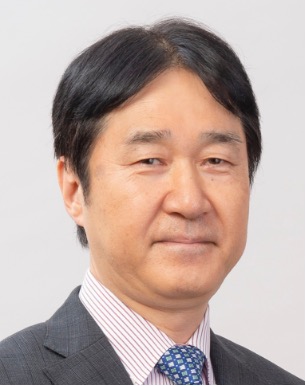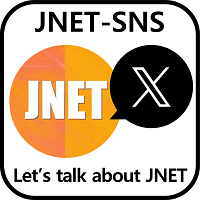| Presidential Address | ||
|
It is great honor and privilege to give this address as the 4th president of the Japanese Society of Neuroendovacular Therapy. Our society was founded in 1982 by Naoki Kageyama the Emeritus Professor and Chairman of the Department of Neurosurgery at Nagoya University. Professor Kageyama early on had great reverence and foresight for the future importance of endovascular therapy born in the western countries. He organized the first Japanese meeting complete with a workshop on endovascular neurosurgery which was held in Nagoya with only several participants. Subsequently 4 consecutive meetings were conducted in Nagoya and thereafter annual meetings were held in a rotational fashion at different locations. The society was upgraded as a general organization in the present style in 1998, and was further authorized as a non-profit corporation in 2007. When I initially trained in the practice of neuroendovacular therapy, the angiogram was still taken using consecutive photography with high-speed film changers, and only detachable balloons and NBCA were available as embolic materials. At that time the indications for neuroendovascular interventions were very limited and clinical evidence was insufficient with poor overall acceptance. However, over the past 40 years our field has witnessed dramatic developments and innovations. Recent trends in many surgical fields, including our own field, show a shift away from more conventional surgery toward promotion of minimally invasive endovascular treatment options. Currently approximately half of all cerebral aneurysms are embolized, and 70 % of cervical carotid stenosis are treated by stenting. Moreover, with ever growing evidence and accompanying recognition of the clinical value of mechanical thrombectomy for cerebral embolism, therapeutic demand is outpacing practitioner supply. And the advent of novel embolic materials and techniques has realized miraculously higher cure rates for the treatment of arterial venous shunt diseases. Thus, from all of this progress, neuroendovascular treatment has firmly established itself as one of the most important neurosurgical options and without question it has become an indispensable treatment modality for stroke. However, we need to always remember that the impressive results and accomplishments were due to the diligent and continuous efforts to develop new technology and devices combined with efforts to improve the safety and quality of treatment regulated by a structured qualification training system for specialists. Our society as of now has more than 4,000 members with 1,800 qualified specialists and is continually growing with new members every year. Now we are entering a maturing phase where we must maintain the constant growth derived from the prior rapid expansion stage. Yet, the continuous structural task of managing treatment quality for all members, particularly new interventionists, is one of the most important points. Qualified specialists are requested to contribute toward the education and training of younger generations and to strive with pride and awareness as a leader. We must both create a harmonious environment with an interactive training system, and contribute on a national level by bringing the benefits of our treatments to more and more patients. However, we must also be cautious to avoid any and all pitfalls which may come with a flourishing therapeutic discipline. Indeed, needless or unindicated and careless operations can cause unnecessary complications, which could threaten to lose national trust. A sincere, rational, well thought out and modest treatment attitude by each member is essential. Another important point is regarding the need for all of us to make an effort to develop made-in Japan products as well as to work toward further development or consideration of imported devices to improve overall Japanese neuroendovascular treatment. Finally, it is my earnest belief that breakthroughs in our field will continue to occur and more and more exciting developments will not stop in the future. All our efforts should be concentrated to gear up our society. So this is my message to all of you: take responsibility, become more involved! We sincerely appreciate and expect your active corporation and support. Let’s go ahead together for the new stage of our society and our life! |
 |
|
|
Shigeru Miyachi
|




